In praise of trees in Daydreaming on the Porch
- July 27, 2016, 7:36 a.m.
- |
- Public
For me trees have always been the most penetrating preachers. I revere them when they live in tribes and families, in forests and groves. And even more I revere them when they stand alone…They are like lonely persons. Not like hermits who have stolen away out of some weakness, but like great, solitary men, like Beethoven and Nietzsche. In their highest boughs the world rustles, their roots rest in infinity; but they do not lose themselves there, they struggle with all the force of their lives for one thing only: to fulfill themselves according to their own laws, to build up their own form, to represent themselves. Nothing is holier, nothing is more exemplary than a beautiful, strong tree....
Trees are sanctuaries Whoever knows how to listen to them, can learn the truth. They do not preach learning and precepts, they preach, undeterred by particulars, the ancient law of life…
A longing to wander tears my heart when I hear trees rustling in the wind at evening. If one listens to them silently for a long time, this longing reveals its kernel, its meaning. It is not so much a matter of escaping from one’s suffering, though it may seem to be so. It is a longing for home, for a memory of the mother, for new metaphors for life. It leads home. Every path leads homeward, every step is birth, ever step is death, every grave is other…
Herman Hesse, Trees: Reflections and Poems
There is a serene and settled majesty to woodland scenery that enters into the soul and delights and elevates it, and fills it with noble inclinations.
Washington Irving
I’m sitting under a hickory tree listening to water flowing over rocks in a tiny stream that runs down the side of a wooded hill to my left from a spring-fed source a few hundred feet away… What an idyllic setting!
From my Travel Journal
June 3, 2002
I have a lot of tree stories and a long history with trees. My earliest memory from childhood was when I was eight years old. We lived in Jefferson Parish, Louisiana, next to New Orleans. A hurricane in 1959 was passing by off the coast, a strong one, and as far away as New Orleans the winds were gusting probably 30-40 miles per hour. As child I remember looking up in awe at the top branches of the tall oak and hackberry trees in our backyard as they gracefully swayed and bowed in the winds. It was exhilarating. I’d never seen anything like that before. Beneath those same hackberry trees, we children constructed an Old West town with sheets of plywood and cardboard. I’ve never forgotten those scaly-bark trees. Often when I see them now at Colonial Lake Park in Charleston, I’m transported back to my early youth, a time when life was so much simpler and carefree.
A couple of years later we moved to the suburbs of New Orleans where large sections of Louisiana coastal hardwood forest were being cleared for housing tracts. When we first moved to our new house, patches of those subtropical woodlands were still standing, and we’d explore their cool, dark depths with spears from saplings we cut with our hunting knives. There was always the sound of birds and a deep, penetrating mystery to it all – to an 11-year old it was truly an exotic place to wander around in. Within a few years those woods were all gone, replaced by neat, winding streets with new houses. Thankfully, and to this day I am not sure why given their clear-cutting nature, the developers left most of the large live oaks and so we had those trees left for shade and gathering acorns. Its a bit of a mystery, looking back, why we were so interested in the acorns. Perhaps we pretended we were Indians gathering them and grinding them up for food.
Since my early teen years, live oaks in our backyard and on all the streets in our neighborhood symbolized the place we called home – the Algiers section of New Orleans – located across the Mississippi River from downtown. Charleston, the city where I live now, is also a city where abundant live oaks thrive, including the ancient ones in the oak alleys at Magnolia Gardens which I have photographed on so many occasions.
All my life, as you can see, I have felt an abiding love for, and kinship with, trees. When we’d make the long trek by car from New Orleans to South Carolina, through Alabama and Georgia on the way to see my grandparents and aunts, I’d marvel at the change from our Louisiana woodlands to the endless piney woods of the Southeast. Today, stands of the ubiquitous pine tree surround the area where I live and often remind me of the those vacation car trips when I’d stare out the window at endless miles of passing pine forests.
When I got my first rented room after college in Columbia, South Carolina, the old home in a densely tree-filled neighborhood had several tall and very beautiful white oaks shading my side of the boarding house.
In early 1984 I began a series of road trips across the country. What amazing journeys, year after year! What adventures on the open road, experiencing a freedom I’d never known before or since. I recall most distinctly my encounters with the Western cottonwood trees that line the banks of so many Midwestern and desert rivers, often the only tree that grew in those areas, and only near rivers which supplied them with water in those dry regions. Known as riparian vegetation zones, cottonwoods did very well in those environments. “The noble cottonwood,” I used to call them. In a breeze, the whole tree would sparkle and glitter in the sunlight, their leaves having a silver-like undercoating. It was another sight out West that I’ll never forget. In my travel journal of 30 years ago, I wrote about how the sinuous desert and high plain river valleys were covered with cottonwoods, a lifeline for wagon trains of parched emigrants traveling West toward new lives in California and Oregon in the mid 19th century and later.
When I lived in Seattle briefly in 1984 and explored Washington State for the first time, I remember feeling such awe at the sight of ancient Douglas fir and hemlock trees towering above the forest floor. I recall vividly those old growth trees in the Grove of the Patriarchs in Mount Rainier National Park along the Ohanepecosh River.
Another of my favorite trees is the tulip poplar, specimens of which can tower to well above 100 feet in height. The tree in spring is covered with yellow flowers, and what an extraordinary sight that is to behold. There is one such giant tulip poplar in a small park I once frequented on visits to my aunt many years ago. There was a bench beneath that tree and I often paused to sit awhile in the shade, resting during my walks and absorbed in many thoughts, as that particular park held a lot of powerful memories and associations for me. Not too many weeks ago, I visited it again and took a photo of that tree, the first picture shown below.
One of my favorite books is about a very old and venerable Northern Red Oak tree and the integral part it played in the life of a Massachusetts family. Here is a description of that lovely and treasured book, which I have just looked at again: “Acclaimed naturalist photographer B.A. King presents a poignant photographic memorial to the magnificent Northern red oak that presided over his family and home in Southborough, Massachusetts. About 400 years old, the oak became a wise and comforting touchstone for the lives that grew up beneath its low, welcoming branches. Compiled from over 30 years of photographs, taken at all times of day and in all kinds of weather, these images are a testament to the tree’s rich role in the rituals of life – marriage, lazy afternoons, children at play, carried out in and among a majestic oak…“
A number of years ago when I lived on James Island, South Carolina, I discovered another very old oak tree, I think it was probably a white oak, in an improbable settling. It was situated on the one vacant tree and vine-covered lot, or rather, patch of ground, in an entire subdivision of houses near the apartment where I lived from 1995 until 2011. I’ll always remember the first time I saw it. It was in the middle of this tiny patch of woods, never cut down. There it was, a huge, and I mean enormous oak tree, easily seen in winter, but very hard to spot in summer. How amazed I was to find in the midst of this settled development such a remarkable old tree, a survivor of a time when most all such trees were cut down. It’s always been totally inexplicable to me why such magnificent trees elsewhere were not more often saved for posterity.
Now I return to an earlier comment here and refer again to the true “tree of dreams and imagination” in the Southern coastal states, the live oak (Quercus virginiana), the tree that lines most of the streets in my home town of New Orleans and the tree I have photographed most often in Charleston. I revere that species of oak. Here is something I wrote in my journal from June 2007: “For as long as I can remember, the live oak has been the tree I have most associated with my childhood and formative years growing up in New Orleans. These majestic trees, with their crowns of dark green leaves that provide splendid shade on countless streets in New Orleans and also in Charleston, have nurtured many memories over the years of those two cities which destiny and circumstance have enabled me to call home. It will always be this way…“
Finally, I share with you another of my favorite books about trees, a truly beautiful and very special small volume with a dark green cover entitled, “Heartwood: Meditations on Southern Oaks” by William Guion. It is filled with pictures of live oaks – mystical, brooding, glorious and stately – a dream come true of a book for me. A treasure.
Below are pictures of some of my favorite trees, a small sample from my Flickr page.
Last updated July 28, 2016



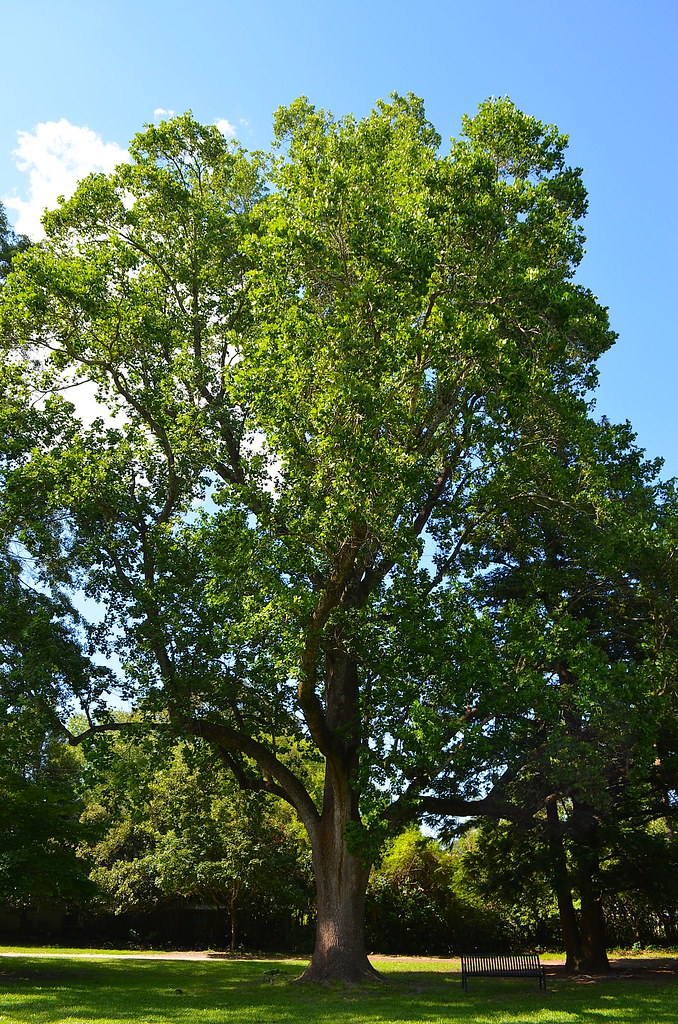
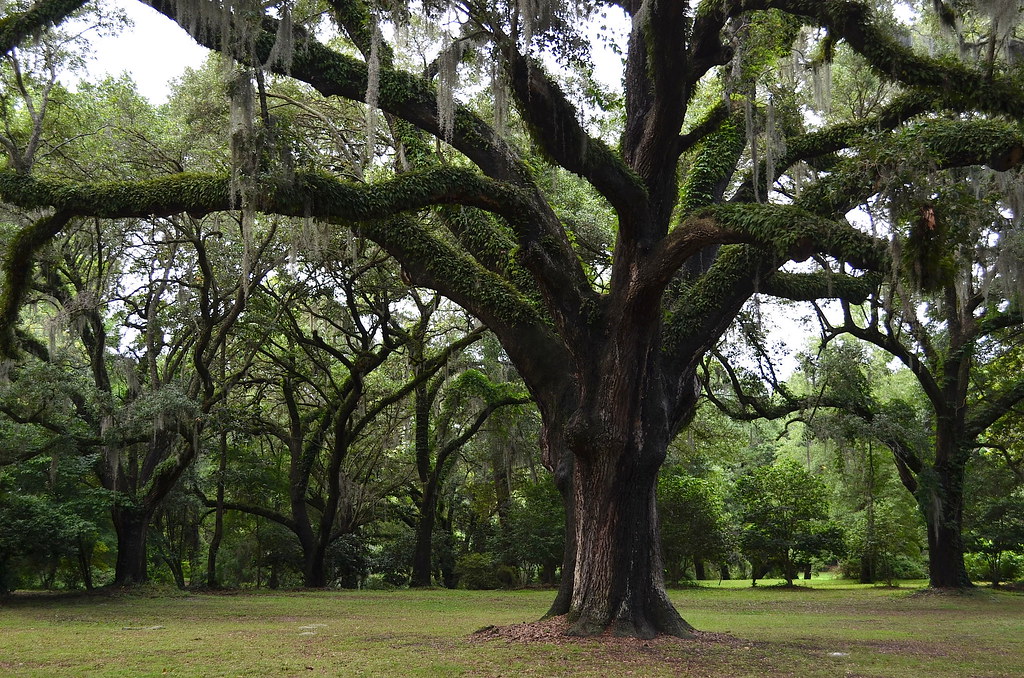
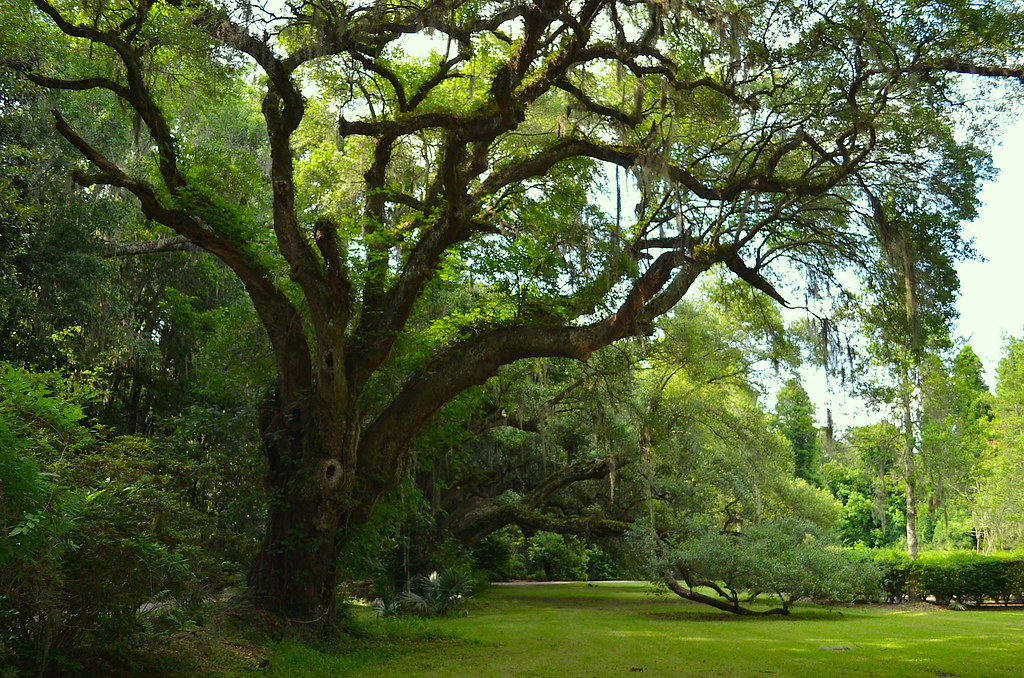
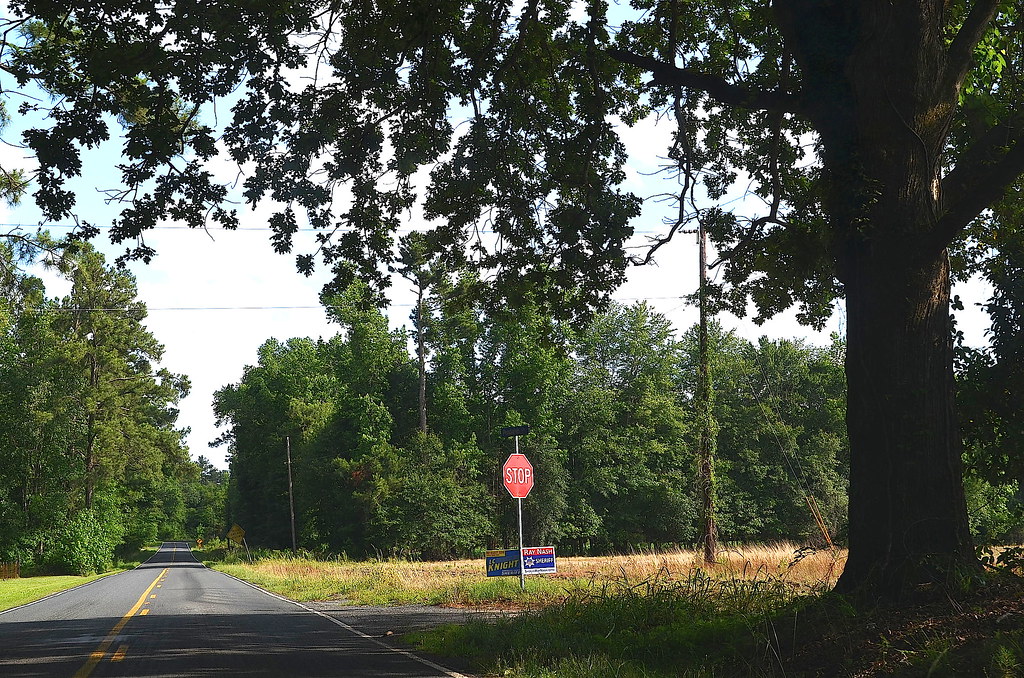
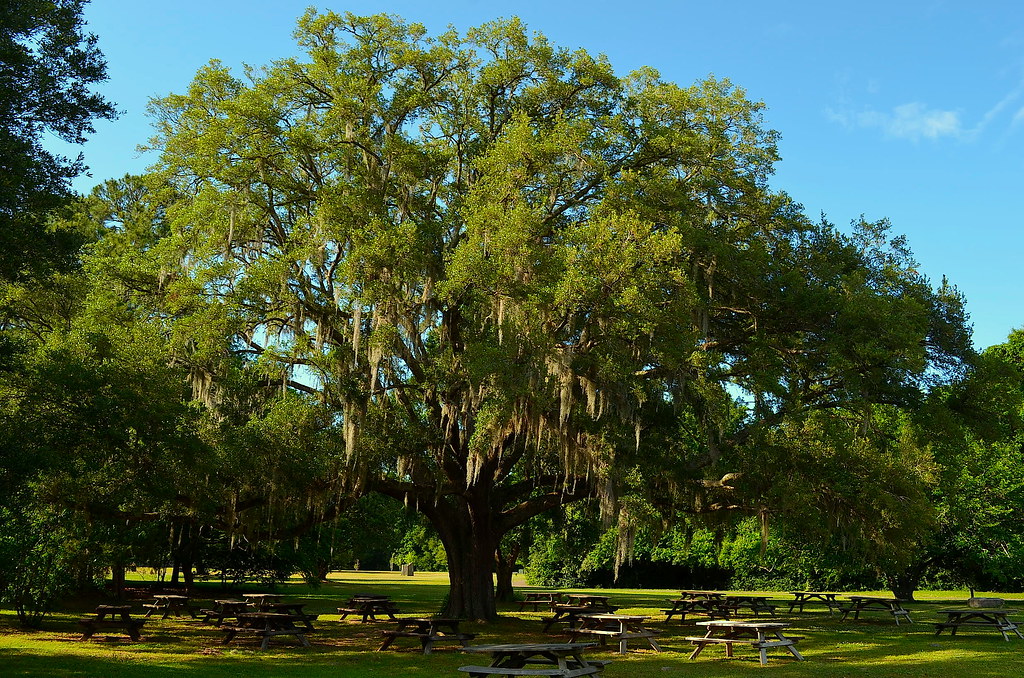
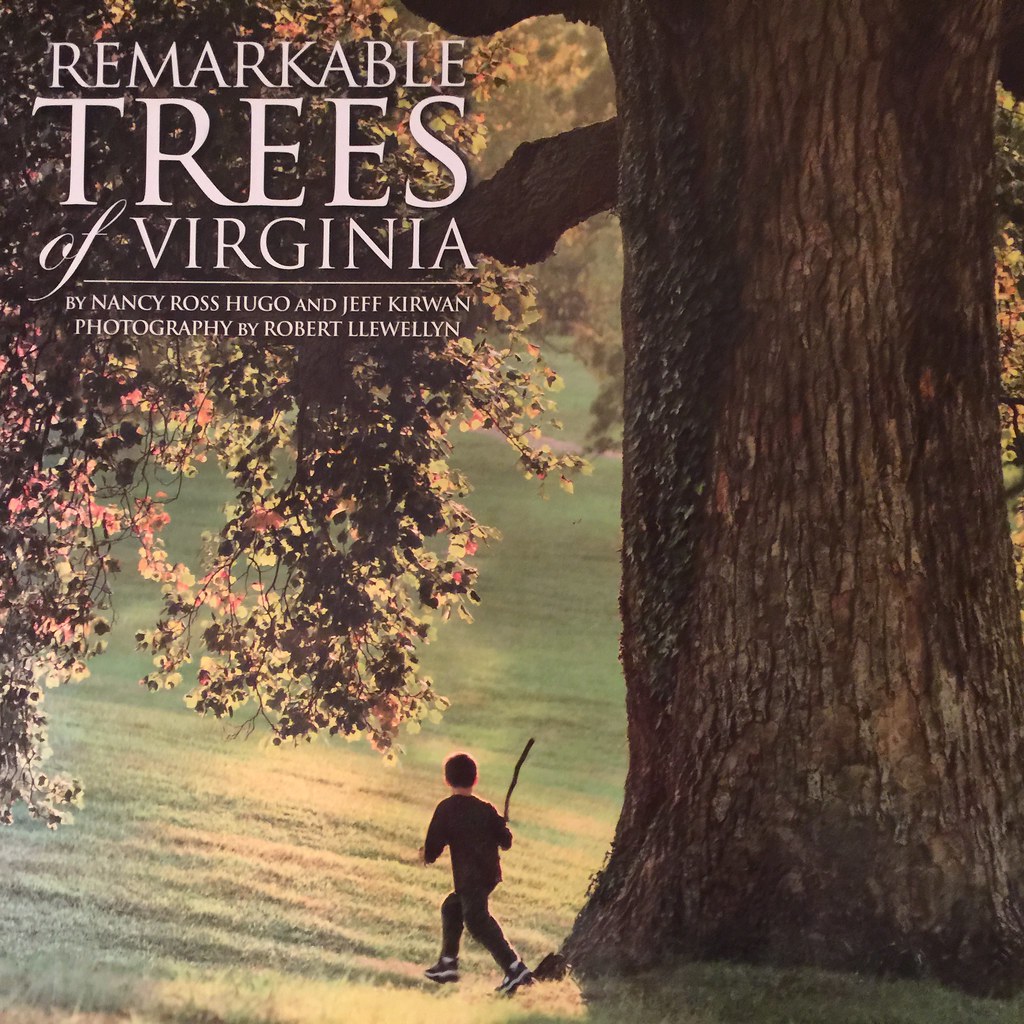
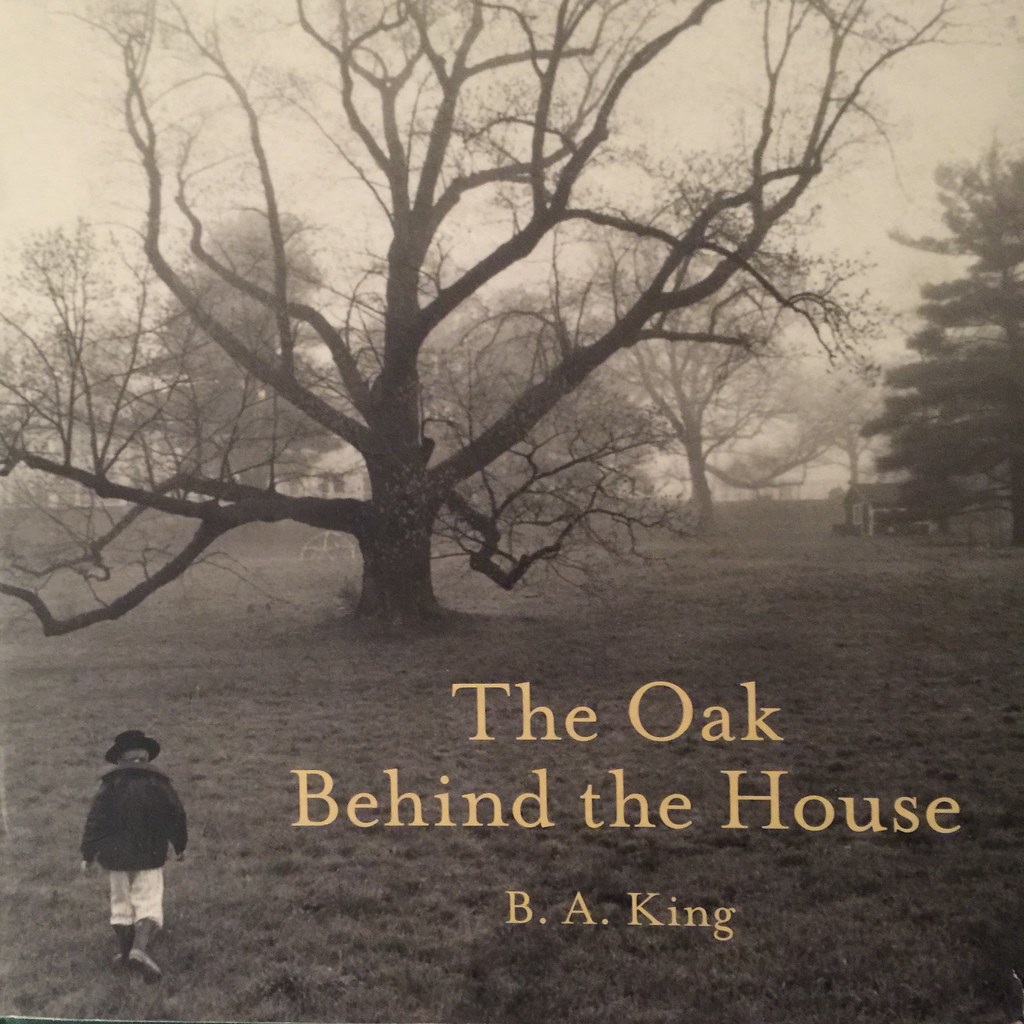
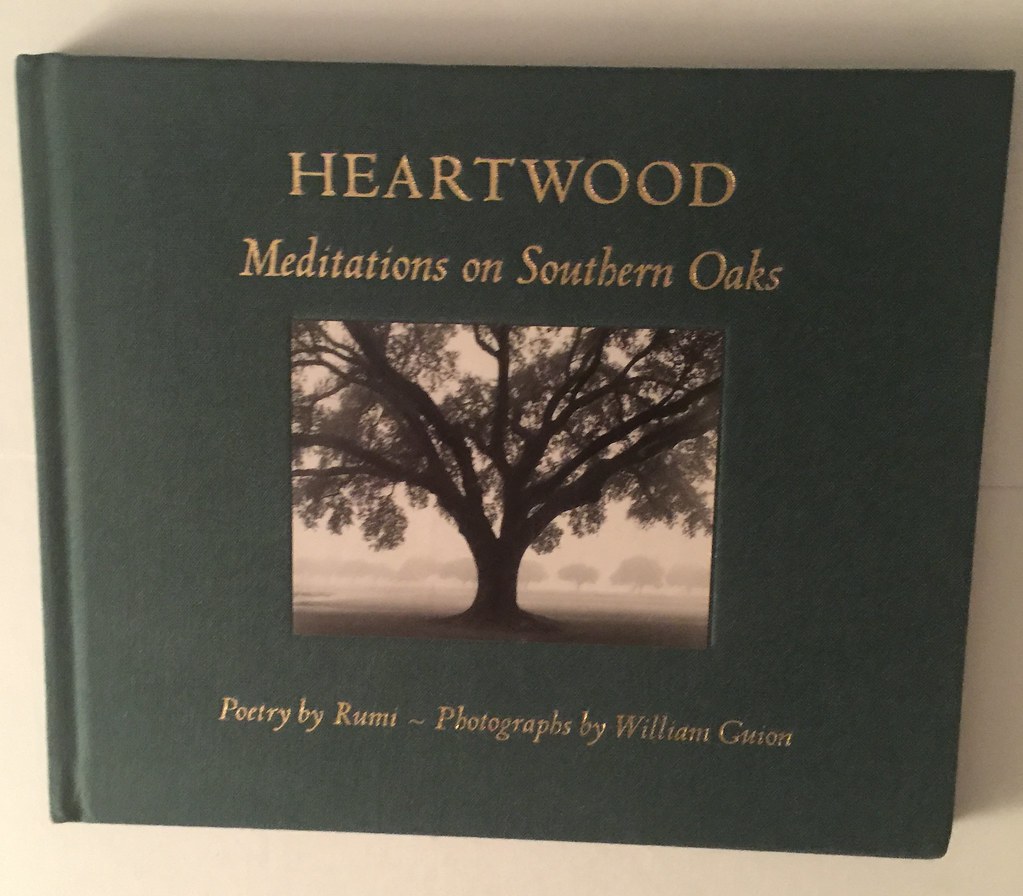

Deleted user ⋅ July 27, 2016
And when a tree has to be cut I am always very sad. I do not know why but it feels like a murder .
Deleted user ⋅ July 27, 2016
Loved this entry .
=bernard= ⋅ July 27, 2016
I've always wondered, why is a live oak called live? Have you ever seen a horse chestnut we have them here in the Northeast and like the tulip poplar they also bloom in the spring they either blue and white or pink they're very pretty and the tree is very distinctive.
=bernard= ⋅ July 27, 2016
Not blue, damn auto correct!
Newzlady ⋅ July 27, 2016
Love this ode to trees!
middle age pearl ⋅ July 28, 2016
A tree represents the majesticness of the earth. So many different species but all beautiful.
gypsy spirit ⋅ July 28, 2016
what amazingly profound words of Herman Hesse you have opened this entry with.....just beautiful...I can feel the serenity and beauty through his words. I love trees too, and of course they also bring bird life which I also adore.Majesty and Grandeur also have such a gentle side in that way. Here in NZ we have any native trees spiritually significaant particularly to our Maori people...the most famous is a giant Kauri called Tane Mahuta ( Giant of the forest). You would love it. Have you ever read about Richard St Barbe Baker..Man of the Trees ? He planted and nourished many of England's trees. thanks for this uplifting entry.I am glad you find such joy and tranquility in your trees. hugs p
Oswego gypsy spirit ⋅ July 29, 2016
I knew you'd appreciate the Hesse quote! You yourself are a quotation connoisseur! How often have I enjoyed the ones on your entries!
Deleted user ⋅ July 28, 2016
I do love being amongst trees, especially looking up through their leaves to the sky beyond with the sun coming through the foliage making it almost glow.
Oswego Deleted user ⋅ July 29, 2016
I can relate completely to what you wrote!
Marg ⋅ August 24, 2016
I have taken great comfort from trees in the past - somehow just gazing at a tree especially seeing the sun through its foliage - can be enough to lift me. The majestic ones can take my breath away. And I have fond memories of climbing trees in my childhood - a very much loved pastime - in the days when I could climb!!
Oswego Marg ⋅ August 26, 2016
I never did any tree climbing... My brother did. Trees have always been awe-inspiring to me!
Marg Oswego ⋅ August 27, 2016
I was a bit of a tomboy when I was growing up :)